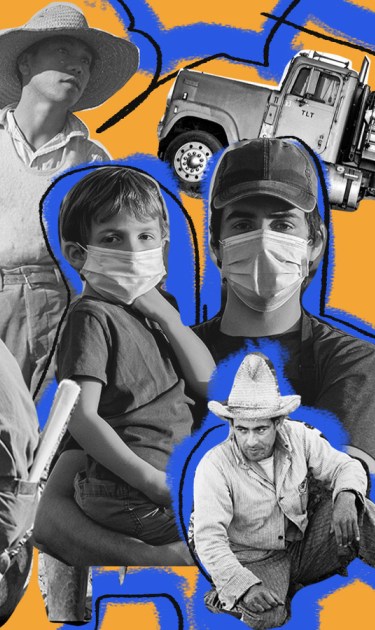“The Latino community is suffering a lot right now,” says Arnulfo Romero. The former field supervisor lives in Santa Maria, California, an agricultural community that, depending on which way its sea breeze blows, smells of strawberry, broccoli, or diesel. The town is small by California standards, populated by about 107,000 residents. Most, like Romero, are Latino of Mexican origin. Many are also Indigenous (primarily Mixteco).
While the Santa Maria Valley’s berry crops have sweetened the region’s reputation, its large concentration of COVID-19 infections now brings notoriety.
“Santa Maria’s number of coronavirus deaths has been higher than anywhere else in Santa Barbara County,” Romero laments. “The only place that looked like it was going to outpace Santa Maria was the prison in Lompoc. But it got worse here.”
On September 22, the United States reached a macabre milestone. Data compiled by Johns Hopkins University showed COVID-19 had claimed 200,000 lives. Suffering and death, however, have been unfairly distributed. Along California’s central coast, the disparity has been stark.

“Santa Barbara County is a microcosm of the pandemic’s inequity,” says Lucas Zucker, the policy and communications director for Central Coast Alliance United for a Sustainable Economy (CAUSE). “You have farmworkers in Santa Maria and prisoners in Lompoc getting sick. That’s who’s dying. Meanwhile, Santa Barbara is doing great.”
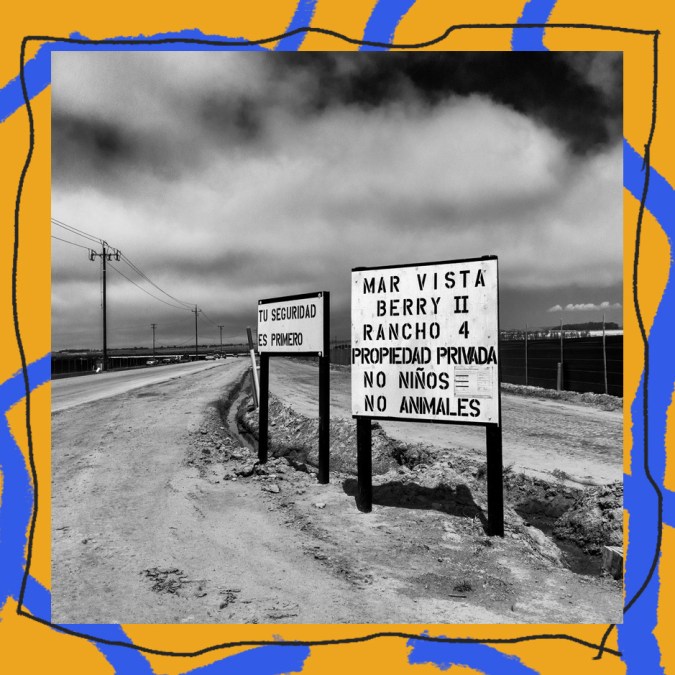
Santa Barbara County is emblematic of the U.S.’ ever-widening wealth chasm, with many celebrities calling Montecito, the county’s poshest suburb, home. In 2019, Oprah Winfrey purchased Jeff Bridges’ four-acre Montecito estate for $6.85 million. This acquisition expanded Winfrey’s Montecito real-estate holdings which already included an estate named the “Promised Land” and a horse farm. A Santa Maria-based staff member formerly employed at Winfrey’s horse farm recalls how he felt when summoned to work on Martin Luther King Jr. Day: disappointed.
Suffering and death have been unfairly distributed.
Agribusiness dominates Santa Barbara County. According to its annual agricultural production report, the county’s farmers and ranchers generated a total gross production value of slightly over $1.6 billion for the 2019 crop year. The county’s top commodity was strawberries, a seasonal fruit that must be carefully and quickly harvested by hand.

The county’s production report excludes the fact that agricultural labor remains highly racialized. Many of those employed to pick strawberries in the Santa Maria Valley are Mexican H-2A guest workers. The H-2A visa guestworker program, which Zucker refers to as the Bracero Program’s prettier sibling, allows agricultural employers to manage their employees’ housing, transportation, food, and visas. More plainly, the program creates dangerous power imbalances that enable exploitation.
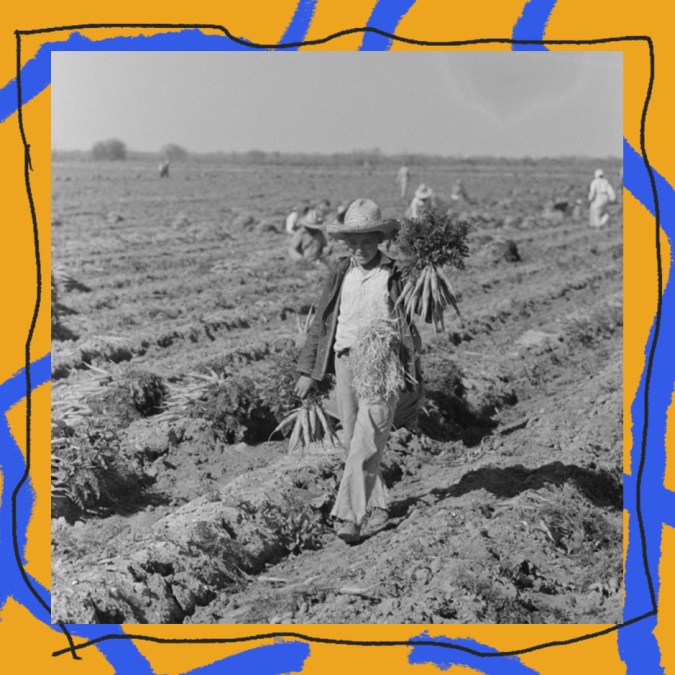
Hazel Davalos, a Santa Maria-based community organizer who works for CAUSE, says that while the H-2A program has a history fraught with abuse, local elected officials have attempted to heap the blame for infections onto farmworkers. A county supervisor who Davalos characterizes as “on the conservative side” allegedly stated that because he’s seen farmworkers without masks gathered at swap meets, he believes that the fields are the safest place for migrants. Davalos stresses that victim-blaming is very much the agricultural industry line.
In 2018, the Bureau of Labor Statistics (BLS) identified farm work as one of the U.S.’ most dangerous jobs. Agricultural labor also remains undervalued and under-compensated. Although agribusiness is a $388.5 billion industry, the average median wage for farmworkers is $24,620. BLS data shows that farmwork is considerably more dangerous than policing and yet, on average, police patrol officers, the majority of whom do not have four-year degrees, earn more than double what farmworkers do.

(BLS) identified farm work as one of the U.S.’ most dangerous jobs.
Many of the factors that make farm work dangerous all of the time have made it more dangerous during the pandemic. Indigenous workers face racial discrimination at the hands of culturally incompetent employers unwilling to engage with them in the Indigenous languages that they speak. The resulting isolation prevents farmworkers from accessing much-needed information—like how to file a claim against an employer for common problems like wage theft. On the other hand, exposure to dust and pesticide predisposes farmworkers to respiratory illness, increasing the likelihood of suffering from COVID-19.
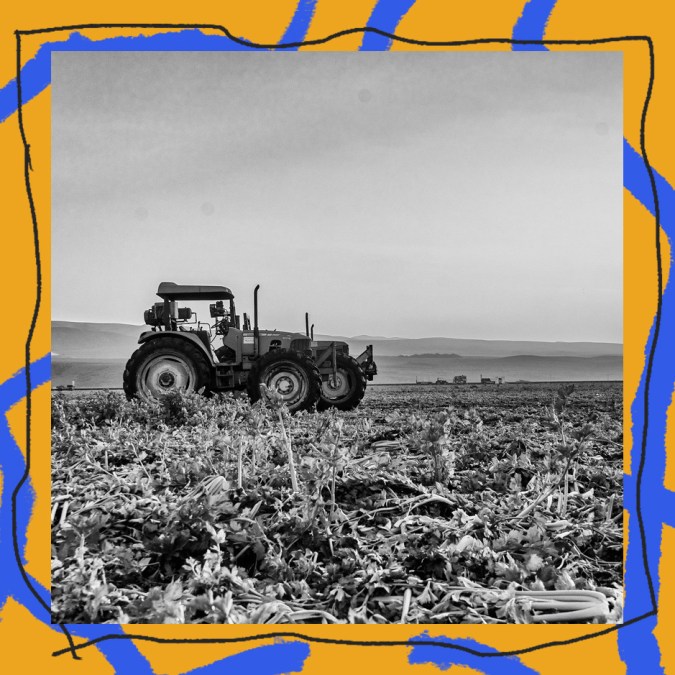
Because strawberries are planted in tight rows, maintaining six feet of distance while harvesting is difficult, and contractors provide farmworkers with only small patches of shade in record-breaking heat. Thus, tightly congregating in these cool areas increases the possibility of COVID-19 transmission.
The Department of Labor dictates H-2A lodging standards, such as a ten-to-one ratio of persons per showerhead, but minimal oversight incentivizes employers to violate regulations. Romero says that some contractors deprive farmworkers of amenities as basic as mattresses and bedding. He also says that contractors have acquired four-bedroom residences in Santa Maria which they have crowded to capacity.
“Multiply four rooms by four people assigned to each one and you have sixteen farmworkers under a roof sharing a single bathroom,” he says. Romero cites transit to and from worksites as another problem. Contractors cram employees into vans and school buses that lack ventilation or enough space to maintain safe distance between passengers. While most farmworkers are now equipped with masks, a small minority still remain without them.
As a consequence of such circumstances, a COVID-19 outbreak erupted at an H-2A labor camp operated by Reiter in Oxnard. Reiter is one of the biggest suppliers of Driscoll, a company with both name recognition and a history of abuse. Over 90% of the 200 farmworkers living at the Reiter camp got infected. A similar outbreak occurred in Santa Maria. Alco Harvesting, a supplier to Bonipak and one of the biggest employers in the Santa Maria Valley, lodged workers in hotels. A Salinas man who drove Alco workers to and from farms contracted COVID-19 and died.
“If you’re working under those conditions,” Zucker explains, “the likelihood that you’re going to get infected is pretty high.”
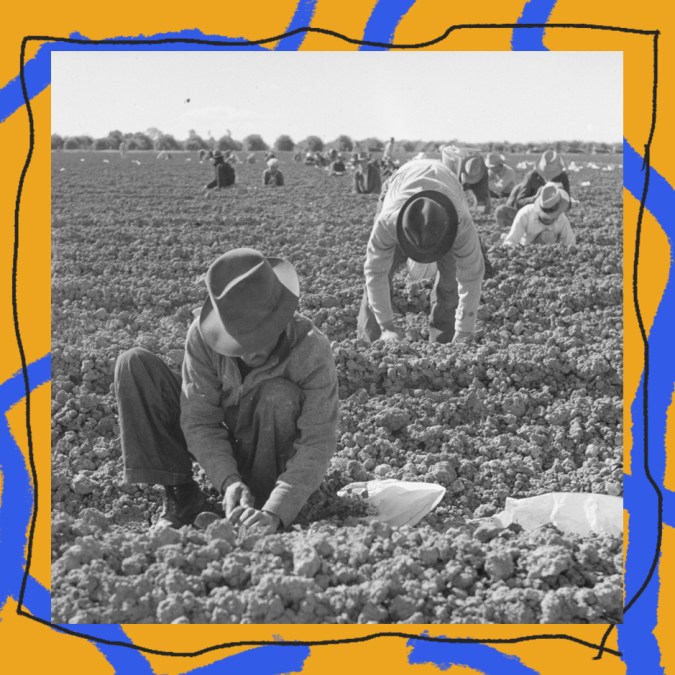
One of the emptiest gestures of support to emerge from the pandemic has been the rhetoric of essential worker celebration. Romero says that many undocumented Latinos are living in fear of the state, with some too terrified to even open the door to a census taker. Applauding migrants as essential workers does nothing to erase that terror. Instead, the term “essential worker” obscures the cost of racialized human life. It is the feel-good rhetoric of human sacrifice.
“There is a surface level of gratitude expressed to farmworkers when someone says, ‘Thank you for producing our food!” says Zucker.“The work a farmworker does is valued as essential. The farmworker’s life, however, is not.” Davalos agrees. “During the pandemic’s first month, everyone was applauding farmworkers and saying, ‘Without you we wouldn’t survive.’ The moment that we asked for protections, things changed. Farmworkers turned into Latinos who don’t know how to follow the rules.”
“The work a farmworker does is valued as essential. The farmworker’s life, however, is not.”
When it comes to advocating on behalf of farmworkers, Zucker urges the public to reject paternalism. “The public health world says that we need to educate farmworkers. Those efforts are important but they neglect issues of power imbalance and systemic inequality as well as the need for systemic change around people who are being sacrificed.” Davalos says that the health orders now being put into place to protect farmworkers in Ventura and Santa Barbara counties happened as a result of public pressure exerted on elected officials.
“The public called, emailed and wrote directly to the board of supervisors and the public health directors. The resulting health orders requiring employers to report infections are a great example of what public pressure can achieve.” Davalos notes that the unofficial campaign has had a domino effect: Monterey County may soon be issuing similar orders.
You can learn more about the work being done by CAUSE by visiting their website. To learn about California’s migrant farmworkers in their own words, read Chasing the Harvest.
